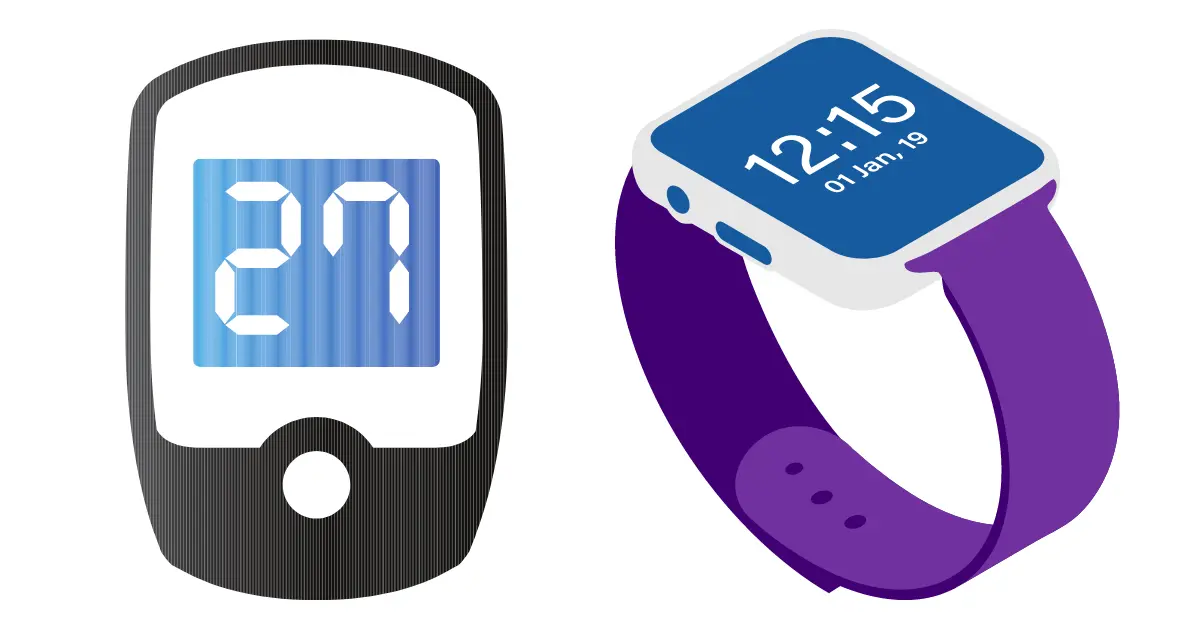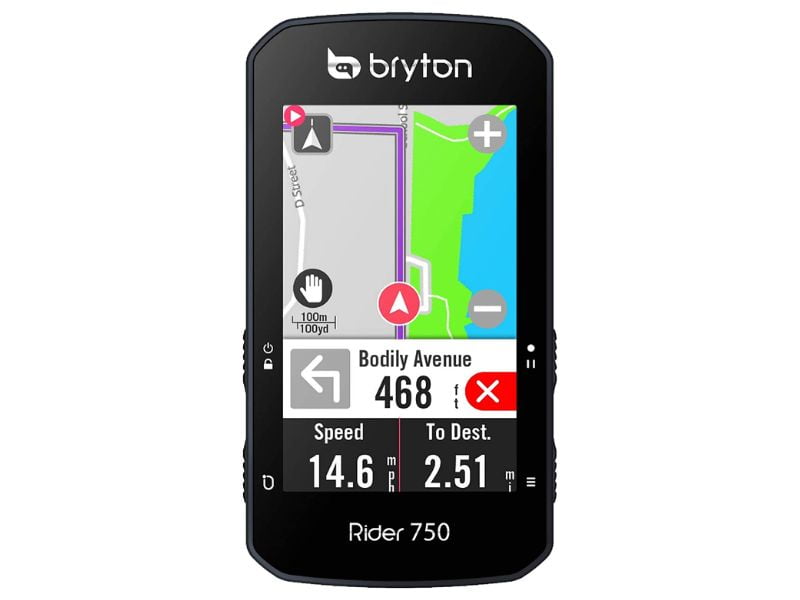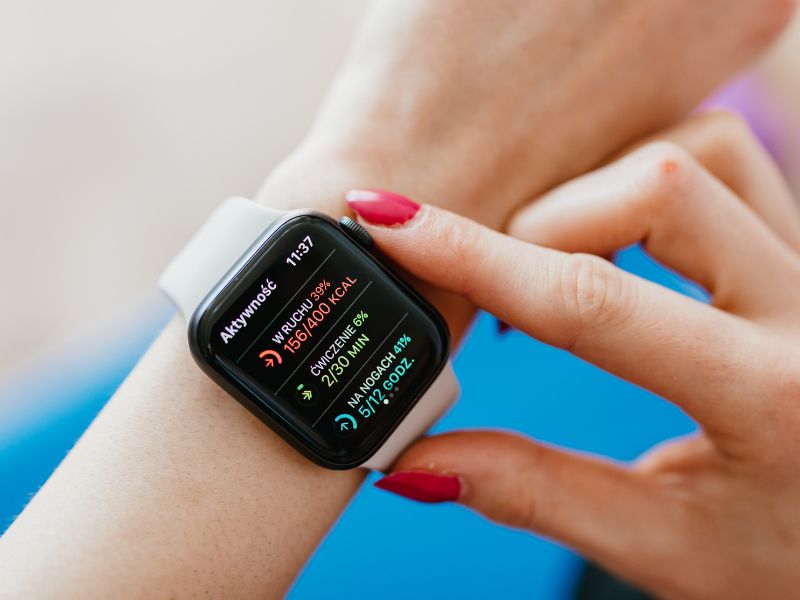Physical Address
304 North Cardinal St.
Dorchester Center, MA 02124
Physical Address
304 North Cardinal St.
Dorchester Center, MA 02124

Bike computers and Smartwatches are now popularly used by both professional and casual cyclists. These devices help cyclists monitor and track their riding speed, location, and heart rate. Some watches even have features that calculate the number of calories burned and provide weekly reports.
In today’s world, people are becoming increasingly health-conscious due to advances in science and technology. As a result, many individuals opt for regular bike rides as a simple yet effective full-body workout.
Cycling is not only a leisure activity, but it is also a professional sport that requires consistent practice to improve riding skills and compete at higher levels. For this reason, professional cyclists often use bike computers or watches to track their riding data, such as speed, time, location, maps, and riding capabilities.
In this article, I will delve into the implementation of bike computers and watches in cycling, exploring the key differences between these two devices and how they can benefit cyclists of all levels.
Cycling can be enjoyed as a leisurely hobby, a rigorous exercise, or a demanding profession, and the necessary equipment can vary depending on the purpose. For recreational riders, a bike computer or watch can be a helpful tool for navigating, tracking maps and finding locations.
However, for serious athletes or professionals, monitoring essential data is crucial to achieving peak performance. A bike computer or watch can assist a cyclist in collecting valuable information to optimize their training and reach their goals. Some of those data features are below,
One of the key features that a bike computer or android watch provides for cyclists is navigation and access to Google Maps. Navigation provides easy-to-follow directions to a selected address, while Google Maps is the world’s most advanced digital map, providing a wealth of information to help you find your location, search for addresses, and explore nearby destinations. With the help of these tools, cyclists can easily plan their routes and navigate through unfamiliar territories with confidence.
For professional cyclists, speed is a critical factor in optimizing performance and achieving success. Tracking your speed is essential to improving your riding and preparing for competitions. A bike computer or watch can provide you with accurate speed data, allowing you to monitor your progress and set achievable goals.
Bike computers and watches are both useful for monitoring various fitness metrics related to cycling. These devices can track your heart rate, providing information about both the lowest and highest rates during your ride.
Additionally, they can offer an approximate calculation of calories burned during your workout, helping you track your progress toward your fitness goals. By utilizing these features, cyclists can better understand their physical exertion during rides and make adjustments to their training as needed.

A bike computer is a specialized device designed specifically for use in cycling. It can be attached to the bike frame and is tailored to the functions of the bike, providing features such as speed readings, location tracking, GPS, and navigation services.
Smartwatches are a modern technological innovation that offers a variety of features, including many of the basic features found in a bike computer. These watches often use an Android system and can provide cyclists with data such as speed, distance, and location.

| Bike Computer | Smart Watch | |
| Price | 35 USD to up | 35.88 USD to up |
| Size | 60 x 100 x 20mm | 45 to 60mm |
| Weight | 35 to 100g | 28 to 60g |
| Features | Current speed, Maximum speed, Average speed, Elapsed time, Trip distance, Odometer, Clock, and Wireless compatibility | Clock, Text, App Notification, Calendar, Health Features, Music player, camera, call response, weather, etc |
| Camera | N/A | Available |
| Waterproof | Yes | Yes |
| Battery Life | 15-20 hours | 3 days and up |
| Multimedia | N/A | Music player, music storage, games |
| Best for | Professional cycling | Casual lifestyle |
There are some similarities between bike computers and smartwatches. Below we will go through the common similarities between these two devices,
The price is an important factor to consider when purchasing either device, especially if you don’t have a professional or business use for it. While a better bike computer and a better smartwatch can cost about the same in the USA, the starting price for a bike computer is around 35.88 USD, while a smartwatch’s starting price is around 35 USD. The price of both devices varies depending on the brand, model, and features it offers.
Here you can see a price table of a few bike computers and smartwatches in the regular USA market
| Bike Computer Model | Price | Smartwatch Model | Price |
| Garmin Edge 1040 Solar | 695.99 USD | Garmin Fenix 6X Pro Solar Edition | 549.99 USD |
| Garmin Edge 1040 | 564.99 USD | Garmin Fenix 6X Pro SapphireEdition | 499.99 USD |
| Wahoo ELEMNT Bolt V2 | 293.67 USD | Garmin Forerunner 245 Music | 228.86 USD |
| Wahoo Elemnt Roam V1 | 199.99 USD | Fitfit Versa 2 | 128.95 USD |
| Garmin Edge 1030 Plus | 459.99 USD | Garmin Fenix 6 Pro | 450.25 USD |
| Drawbacks | Explanation |
| Limited screen size | Smartwatches typically have small screens, which can make it difficult to read information while cycling. This may be especially problematic for older or visually-impaired riders. |
| Inaccuracy of sensors | Smartwatch sensors, such as GPS and heart rate monitors, may not be as accurate as dedicated bike computer sensors. This could lead to inaccurate tracking of metrics such as speed, distance, and calories burned. |
| Limited connectivity | Depending on the model, a smartwatch may not be able to connect to certain bike sensors, such as cadence or power meters. This could limit the amount of data that can be tracked and analyzed. |
| Limited durability | Smartwatches may not be as durable as dedicated bike computers, which are designed to withstand the vibrations and impacts of cycling. A smartwatch may be more prone to damage if it is accidentally dropped or bumped while riding. |
| Limited software options | While there are many bike computer apps available for smartwatches, the options may be more limited than for dedicated bike computers. Additionally, some apps may not be optimized for use on a small screen, which could make them difficult to use. |
| Limited customizability | Depending on the model, a smartwatch may have limited options for customizing the display or data fields. This could make it difficult to display the information that is most important to the rider. |
| Distraction | Depending on how the smartwatch is mounted and used, it could be a distraction for the rider. This could be especially dangerous if the rider is trying to use the smartwatch while cycling in traffic. |
As discussed earlier, there are distinct differences in the features and functionalities of bike computers and smartwatches.
Bike computers are designed specifically for cycling and offer features such as location tracking, maps, heart rate monitoring, speed tracking, and other cycling data. On the other hand, smartwatches offer a wide range of features similar to those of an Android mobile phone, including the ability to make and reject calls, reply to texts, use apps, take photos, track location, provide navigation, and track speed, among other things.
Considering the specific needs of cycling, a bike computer is generally considered to be more valuable than a smartwatch for cyclists.
Bike computers and smartwatches share some similarities in their features and technology. However, their intended use is different and depending on your purpose for using the device, you may need one or both.
If cycling is a hobby and you are interested in tracking your speed and routes for fitness or curiosity, then a smartwatch may be suitable for you.
However, if you are a professional cyclist, competitive racer, or planning to compete in cycling, a bike computer is essential. It offers specialized functions such as location, map, heart rate, speed, and other cycling data reports that are necessary for professional training and competition.